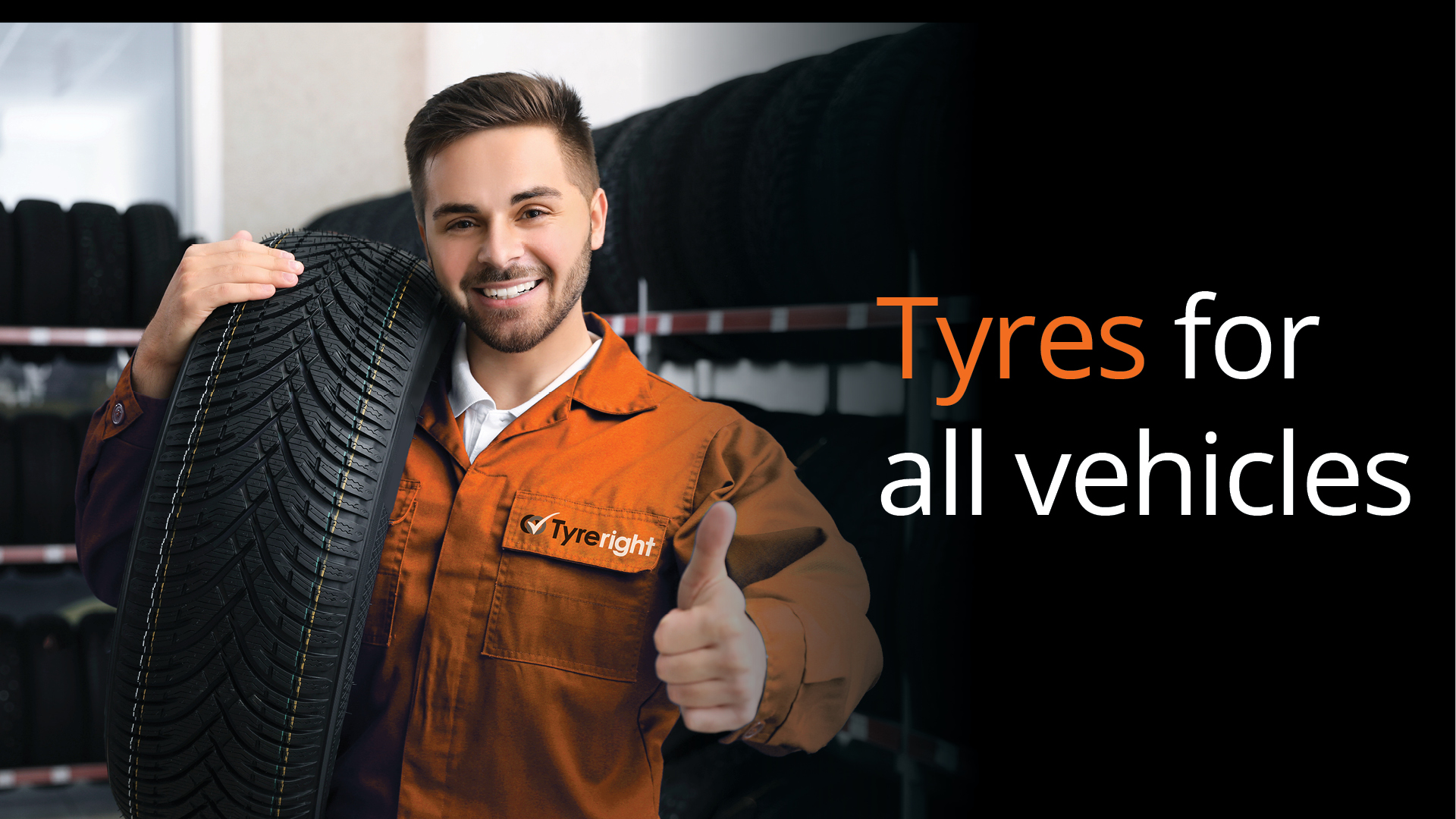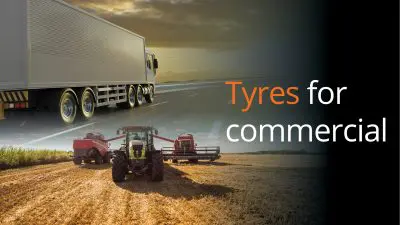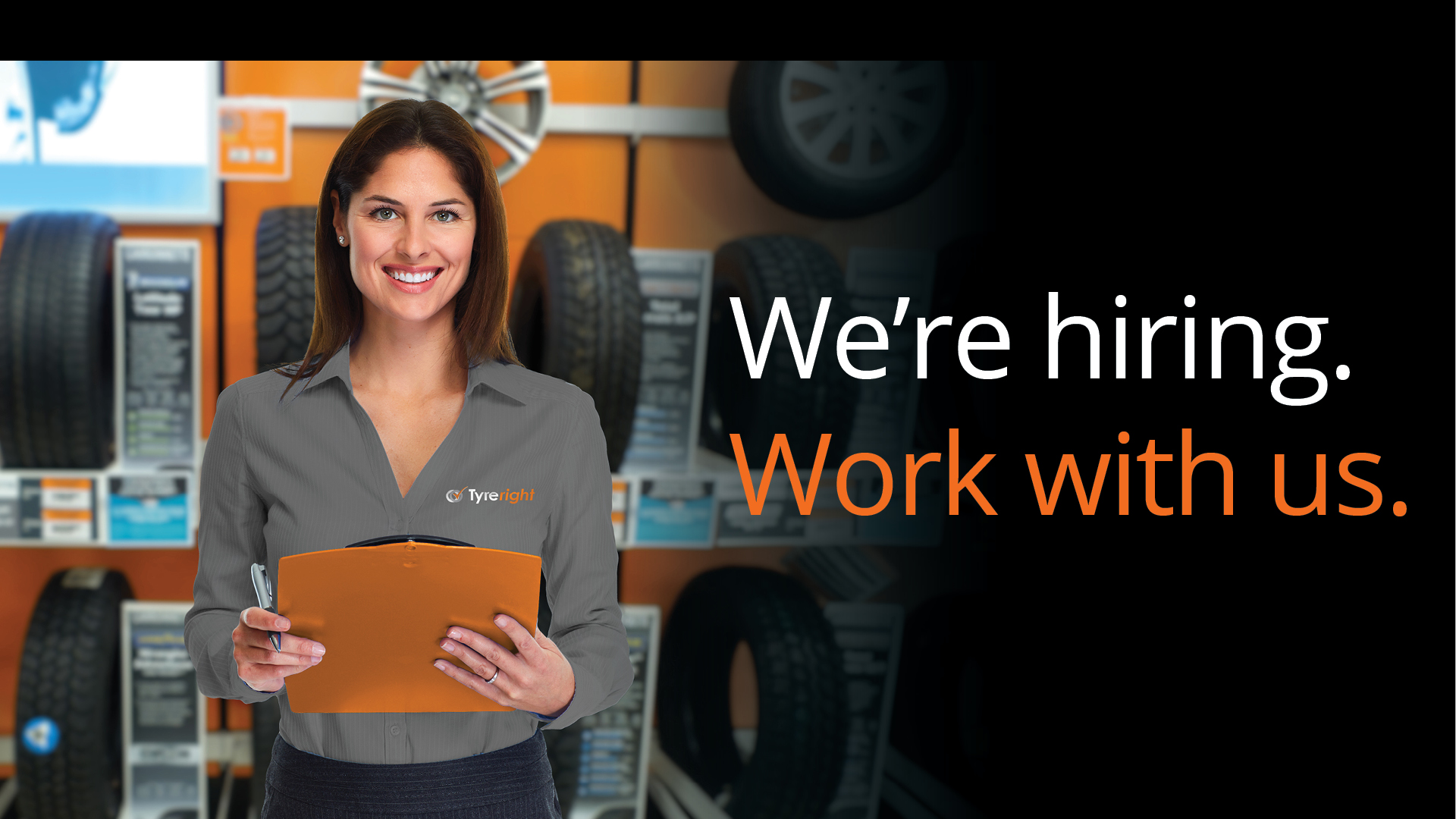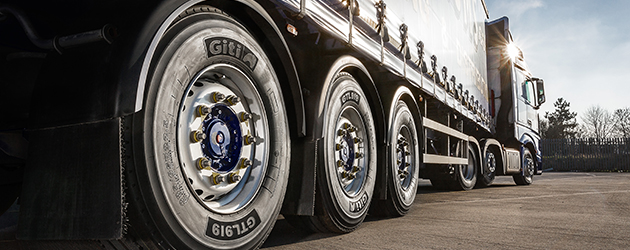
We all know premature and irregular tyre wear can be a real pain. It not only costs you hard-earned dollars, but it also puts your safety at risk. Here’s the five main culprits behind this pesky problem.
Incorrect pressure
Checking tyre pressure might not be the most exciting task on our to-do list, but trust us, it is crucial. Both overinflating and underinflating tyres can cause uneven wear on their outer ribs and shoulders and shorten their lifespan.
Underinflated tyres wear out fast. The tell-tale sign of underinflation is a smooth, textured, uniformed rounded slope around both shoulders.
Overinflation is no good either – it causes rapid wear evenly around both shoulders, usually showing up as obvious step about 30mm to 60mm from the edge of the tyre. Too much pressure can also increase vibration wear. When you see islands or high patches forming on drive tyres, it’s a clear sign you need to get your pressure in-check.
Achieving the correct tyre pressure isn’t hard, as manufacturers design their tyres to work best at specific pressures.

Misalignment
Misaligned wheels can wreak havoc, causing abnormal noises, decreased fuel efficiency, and uneven tyre wear. If your truck starts drifting or pulling to one side as you drive or your steering wheel vibrates, it’s a sign that your alignment is out of whack.
Take a close look at your tyres – you’ll probably notice that one shoulder is wearing out faster than the other.
If you have Camber Errors, on the other hand, you’ll notice a definite slope on one tyre shoulder with a smooth texture and no feathering.
Misalignment can also cause Tracking Errors. Look for accelerated wear consistently around the tyre with a rough texture and feathering on one shoulder, usually the leading one.

Vibrations
Low-frequency vibrations, such as steering wheel shimmy (side-to-side movement), are usually caused by tyre or wheel imbalance. Vehicle shake (up and down movement) can occur even with balanced tyres and wheels, and tyre shake may only happen during braking.
The bottom line is tyres not fitted or balanced correctly don’t perform their best, especially if fitted on demountable spider rims.
A hung bead can cause a low patch, at least 200mm long, on one or both shoulders. This happens when a tyre isn’t properly checked for roundness and balance during installation. Avoid this by having your tyres professionally fitted and checked regularly.
Even when fitted correctly, drive and trailer tyres inflated beyond their recommended levels can cause or speed up vibration wear. Diagonal wear or high patches cropping up regularly around the tyre’s circumference can be easily spotted.
Vibrations in the tyre carcass can cause Shoulder Step Wear. Alignment adjustments will not fix this, but pressure adjustments might. It typically appears as a distinct step, 6mm to 12mm in from the edge of the tyre. You’ll notice this showing up evenly around one or both shoulders. It can develop unevenly, leading to scalloping and imbalance.

Mismatched dual tyres
This culprit that often goes unnoticed. Most drive axles and many trailer axles have dual wheels. The tyres on these wheels should be the same model, so that on each rotation, they roll the same distance. If the tyres are not matched in size, inflation, tread depth, or case type, it can lead to one tyre taking more of the load than the other.
Just 3mm of difference in the radius of two 11.R 22.5 tyres could mean that the smaller one is dragged 630m along the road every hundred kilometres. Even a tiny inconsistency, such as a valve extension only on the inner dual, can cause an erratic, uneven wear pattern.
The wrong tyres for the job
Modern tyres are designed for specific applications, and problems can be avoided by choosing the right tyre type for your unique purposes and driving conditions.
For example, using high-speed highway tyres over rough terrain or off-highway tyres for high-speed driving can lead to problems.
In some cases, off-road tread compounds and case constructions can’t handle the increased heat generated during long-distance, high-speed highway use. In these applications, choose tyres with mixed-service compounds that can withstand the high heat generated by high speeds and the severe abrasion caused by the mine access road.
Overinflating drive and trailer tyres in off-road and quarry applications can also lead to damage, such as impact fractures. Repeated slipping against a rough ground surface can also cause damage to your tyres.
It’s important to consider factors like compound durability, tread life, and resistance to damage when selecting tyres for different environments.
We’ve identified the top five troublemakers, and now here’s 7 ways to lower your tyre costs.
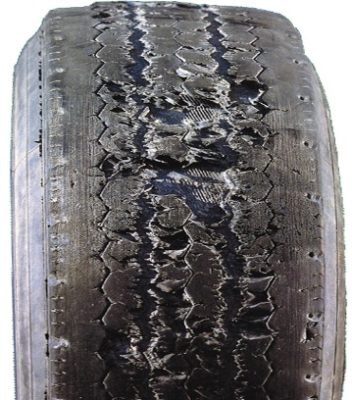
7 Way to keep your costs down:
1. Keep the pressure on
Stick to the pressure recommended by international Tyre and Rim Association for your specific tyres and load. You can’t go past them for expertise in the field of tyre and rim design, safety, and performance.
2. Regularly monitor tyre pressures and wear rates
Regularly monitor tyre pressure to ensure they are never over or under inflated by more than 2psi different to their dual tyre partner.
3. Rotate your tyres based on their application
Switch your tyre from side to side, changing the rotation direction when you hit around 20% tread wear or earlier if you spot any warning wear patterns. Continue to rotate them at least one more time when you reach 50% to 70% wear.
4. Keep you tyres in line
Whenever you’re checking the pressure and wear rates, keep an eye out for any wear patterns across the tyre. If you spot uneven wear, it’s a clear sign that alignment service is in order. To be safe, make sure your vehicle is fully aligned at least once a year.
5. Get your tyres in order
Ensure your steer tyres are a perfectly matched pair. For drive tyres, fit a set of four or eight to maintain balance. As for trailer tyres, fit them in sets of four, one axle at a time. It’s important to avoid fitting twelve new tyres at once on a tri-axle trailer. Following these guidelines will help maintain optimal performance and safety.
6. Never underestimate the importance of precise fitting and balancing
Ensuring accurate fitting and balancing right from the start can impact your expenses.
Tyres that have been fitted onto alloy disk wheels and dynamically balanced can offer savings of up to 40% compared to the same tyres for the same job on “spider” wheels.
7. Keep an eye on the bigger picture
Consider things like your fleet‘s average tyre cost per kilometre. And strive to find the sweet spot between new tyres and re-treads to get the most bang for your buck.
It’s all about managing the details to keep on rolling without breaking the bank. If you have any further questions, our friendly team of tyre experts are only a live chat or phone call away!


